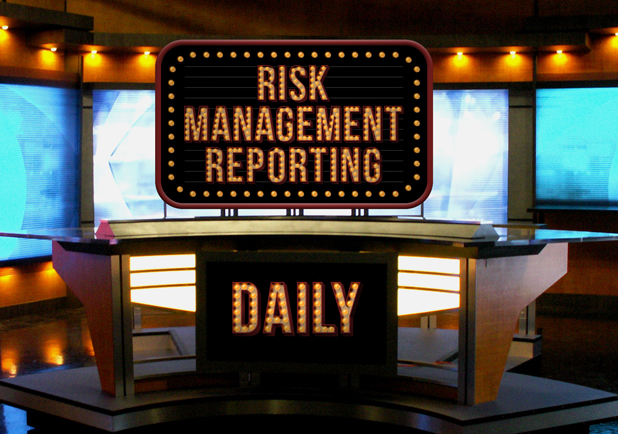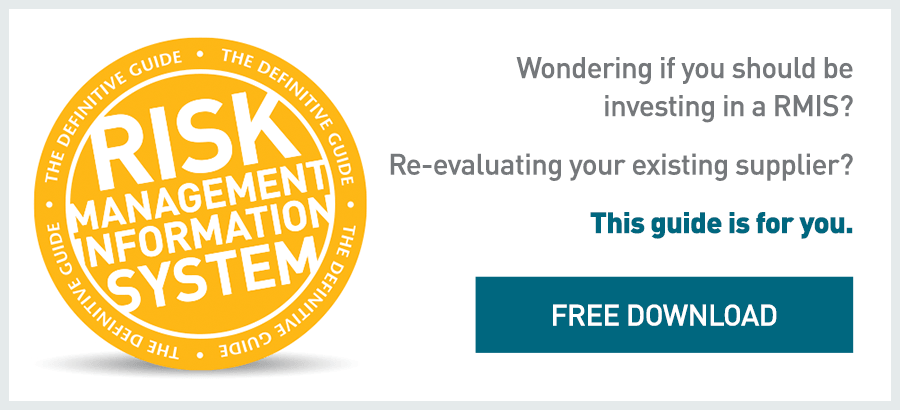
Risk managers have email, and they have smart phones and Facebook accounts. They may even own an app or two (or two hundred) and dabble with tablet devices and e-readers. We may not go so far as calling them techies, but they understand how technology empowers them, both at home and on the job. It makes sense then that more and more of our risk management clients are asking for their own risk management system dashboards in order to generate their own executive-grade reports – for themselves and for their bosses.
With a risk management information system (RMIS), these dashboards become a one-stop landing page for everything that matters most for a company's risk management program. Powered by business intelligence technology, a RMIS system can, for instance, regularly generate reports about the top 10 things risk managers need to know about their claims data. This can be built into their dashboard to be viewed on their desktop, laptop, mobile device – you name it. From there, risk managers can print reports or forward them to the chief financial officer (or better yet, chief executive) so she can view them on her mobile device. Gone could be the days of risk managers asking their administrative support for a list of loss runs.
Visual analytics are also hot right now for managers who deal in data, no matter their discipline or industry. What better way to make sense of complex and interrelated data for the layman in the C-suite than with illuminating and engaging visuals? For risk managers, a popular visual RMIS tool on their dashboard is a stop-light report. Risk managers can look at these reports at the start of every day, and if an item is color-coded green, they know they can move on and dedicate their time and attention to other tasks at hand. If yellow, they might want to take a closer look. If red, that's a sure sign to stop what they're doing immediately and investigate.
The risk data that undergirds these visual analytics and other dashboard features comes from a wealth of sources – from across every silo in risk managers own organizations, their insurers, third-party administrators, actuaries, lawyers and captive managers. Risk managers no longer have to be expert spreadsheets jugglers. It's good timing too, since today's risk managers confront an amount of data that is expanding at astronomical rates. By taking the data, from every available location, out of the cells in a spreadsheet and into one place – using a tool like RiskConsole, with risk reporting system enabled by IBM Cognos – risk managers can analyze data in any way they please. Then, as we've discussed, risk managers can efficiently present their findings in ways that their executive team, board of directors and other stakeholders will appreciate.
A decade ago, risk managers might have simply been insurance buyers, serving in someone else's department. Now, with sophisticated risk management software, the general rule is that risk managers are taking on more and more responsibilities while running their own department – everything from safety to loss control to enterprise risk management. But when you think about it, a decade ago risk managers might not have been comfortable using a smart phone, either.
 Michael Theut is a member of the Solutions Consulting team with Aon eSolutions. Please email Michael at michael.theut@aon.com
Michael Theut is a member of the Solutions Consulting team with Aon eSolutions. Please email Michael at michael.theut@aon.com









 Michael Theut is a member of the Solutions Consulting team with Aon eSolutions. Please email Michael at
Michael Theut is a member of the Solutions Consulting team with Aon eSolutions. Please email Michael at 



